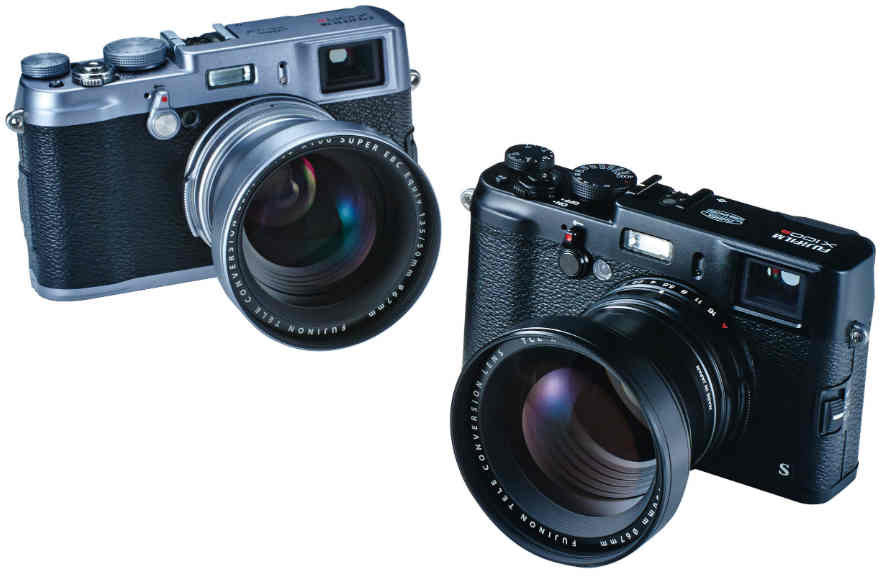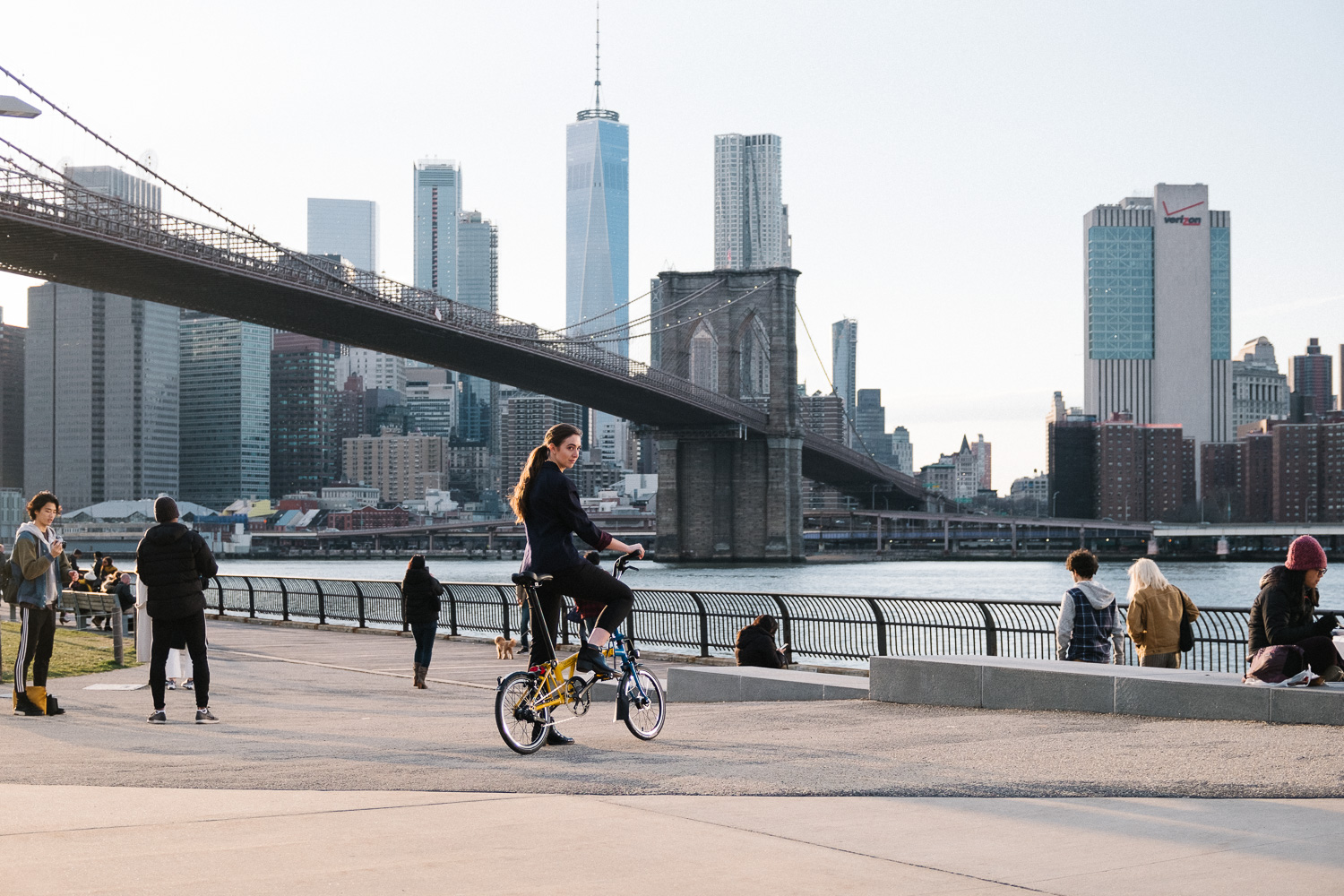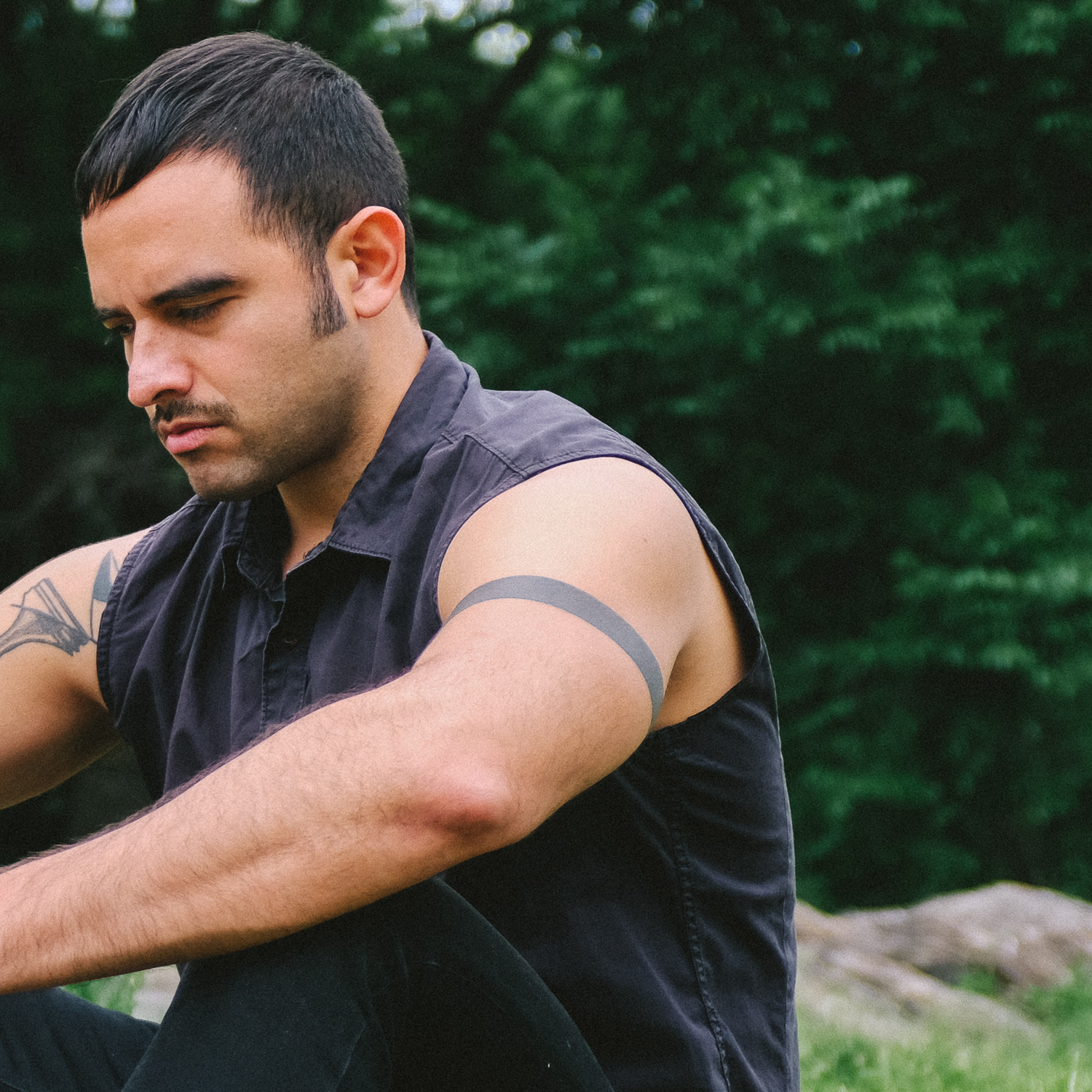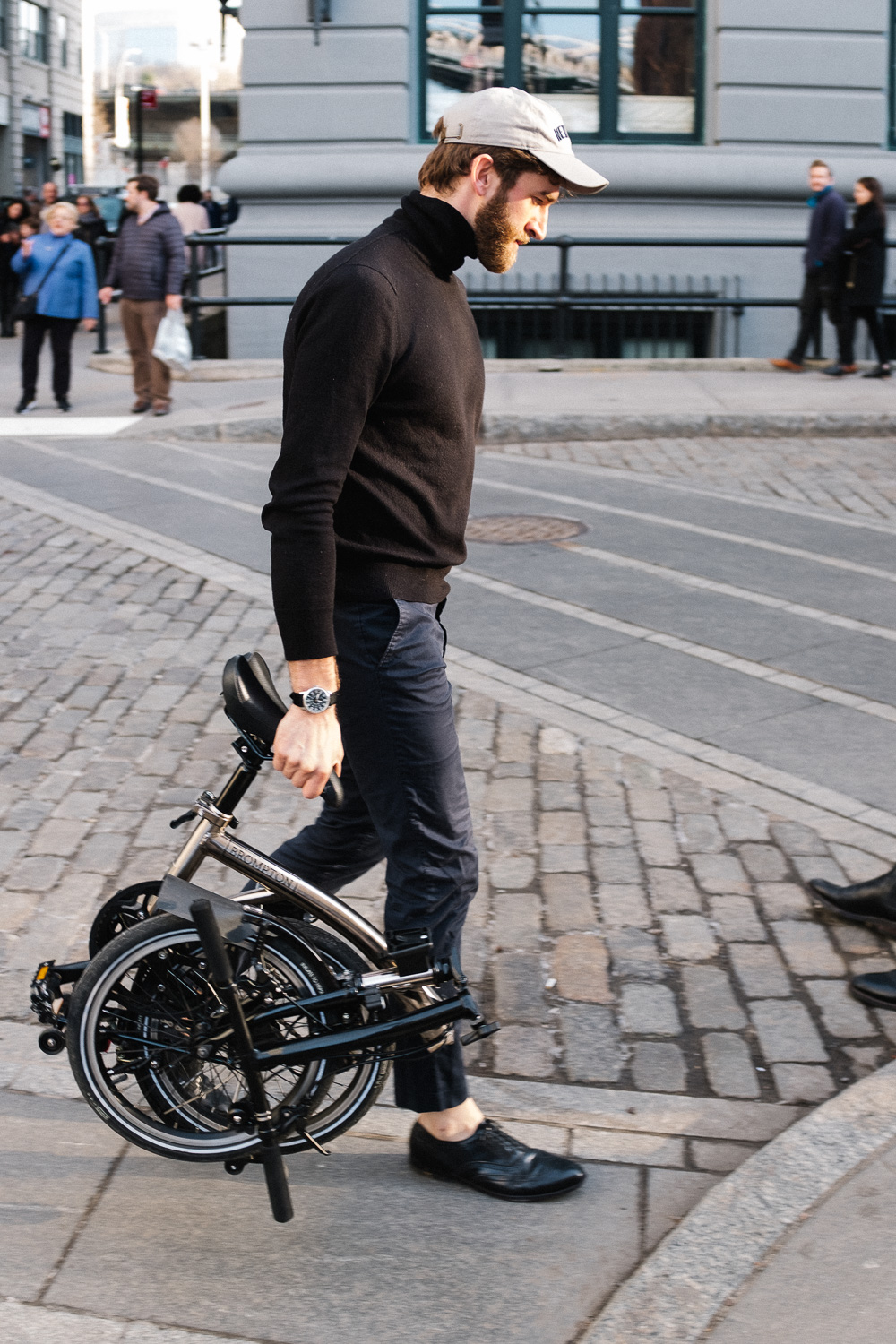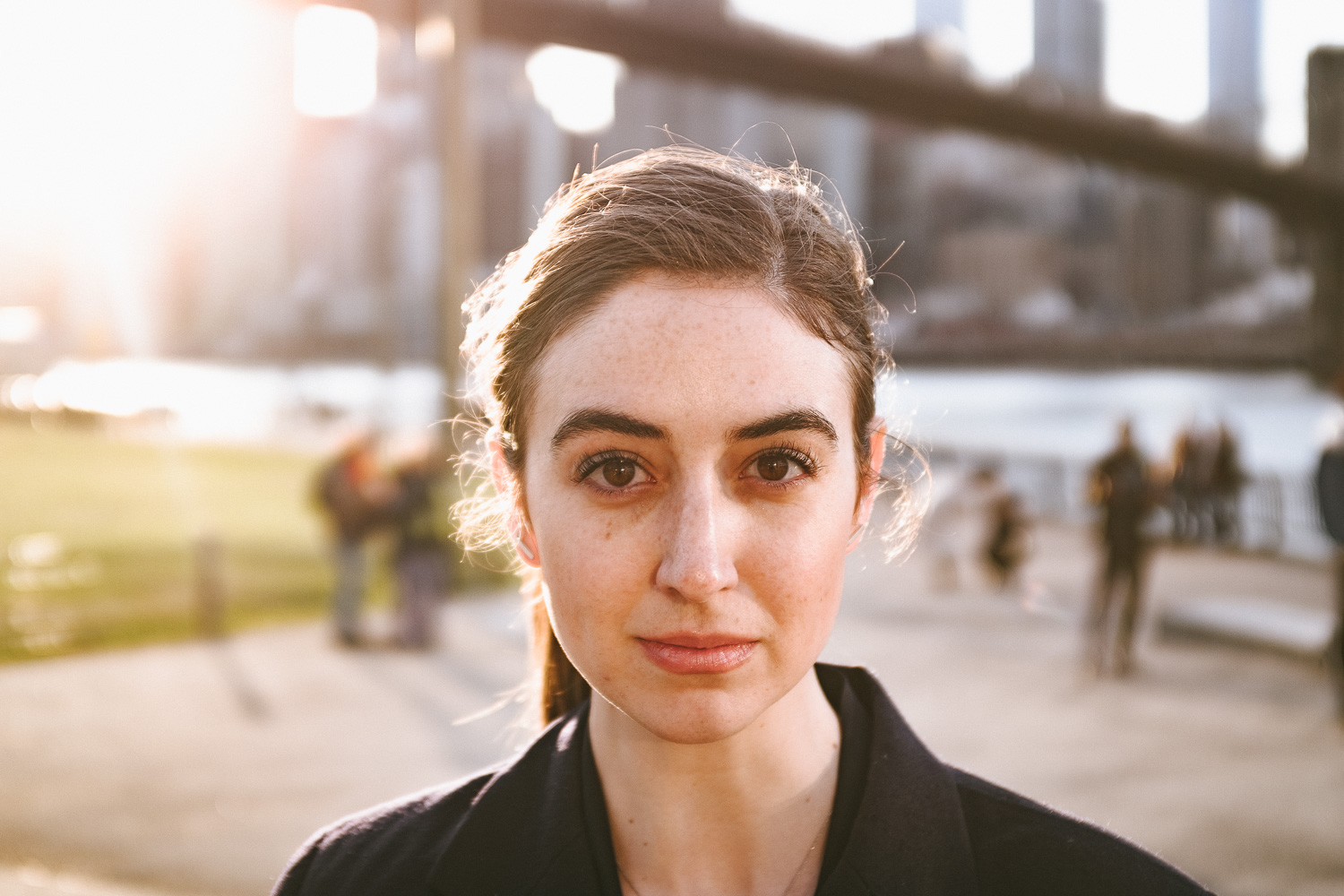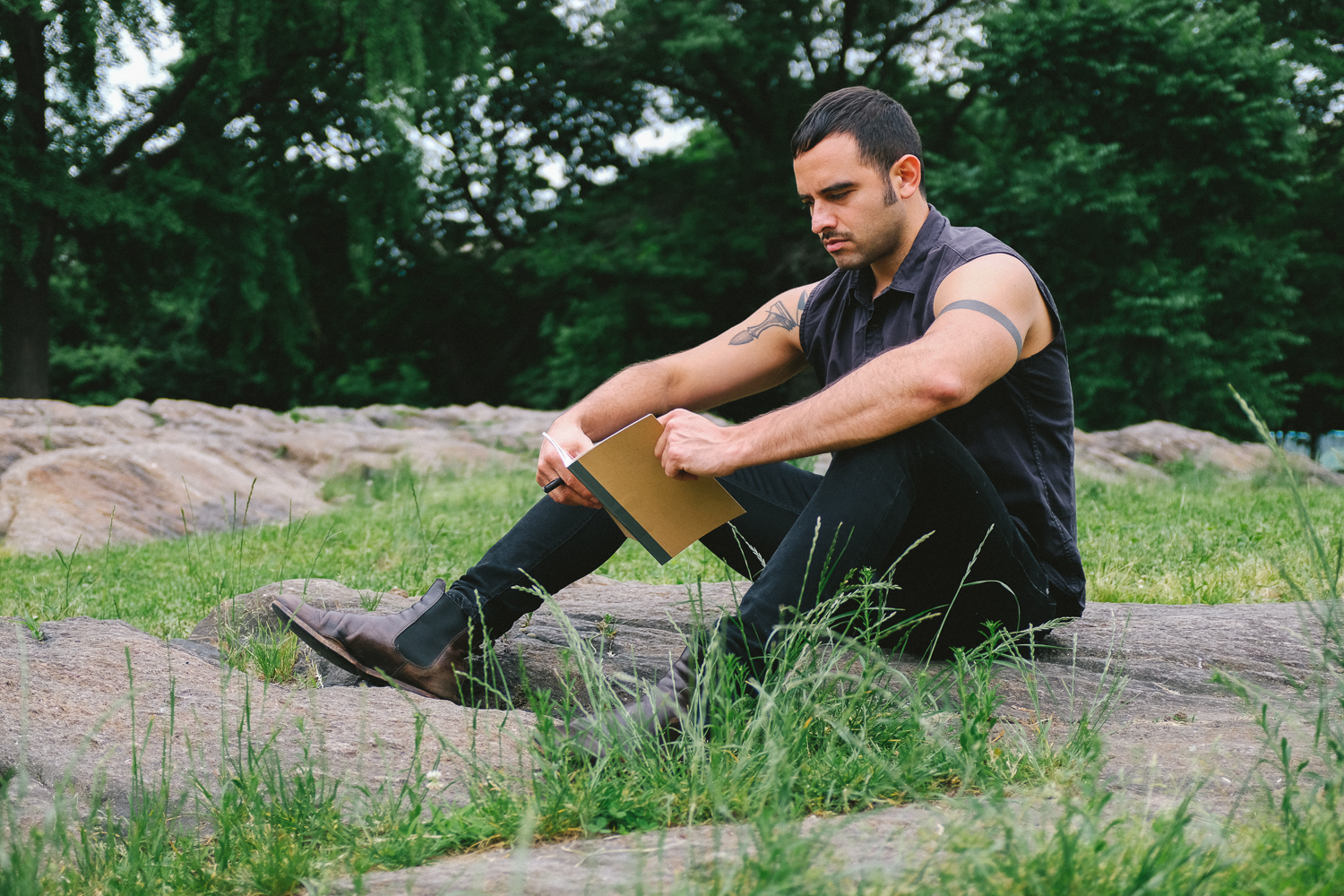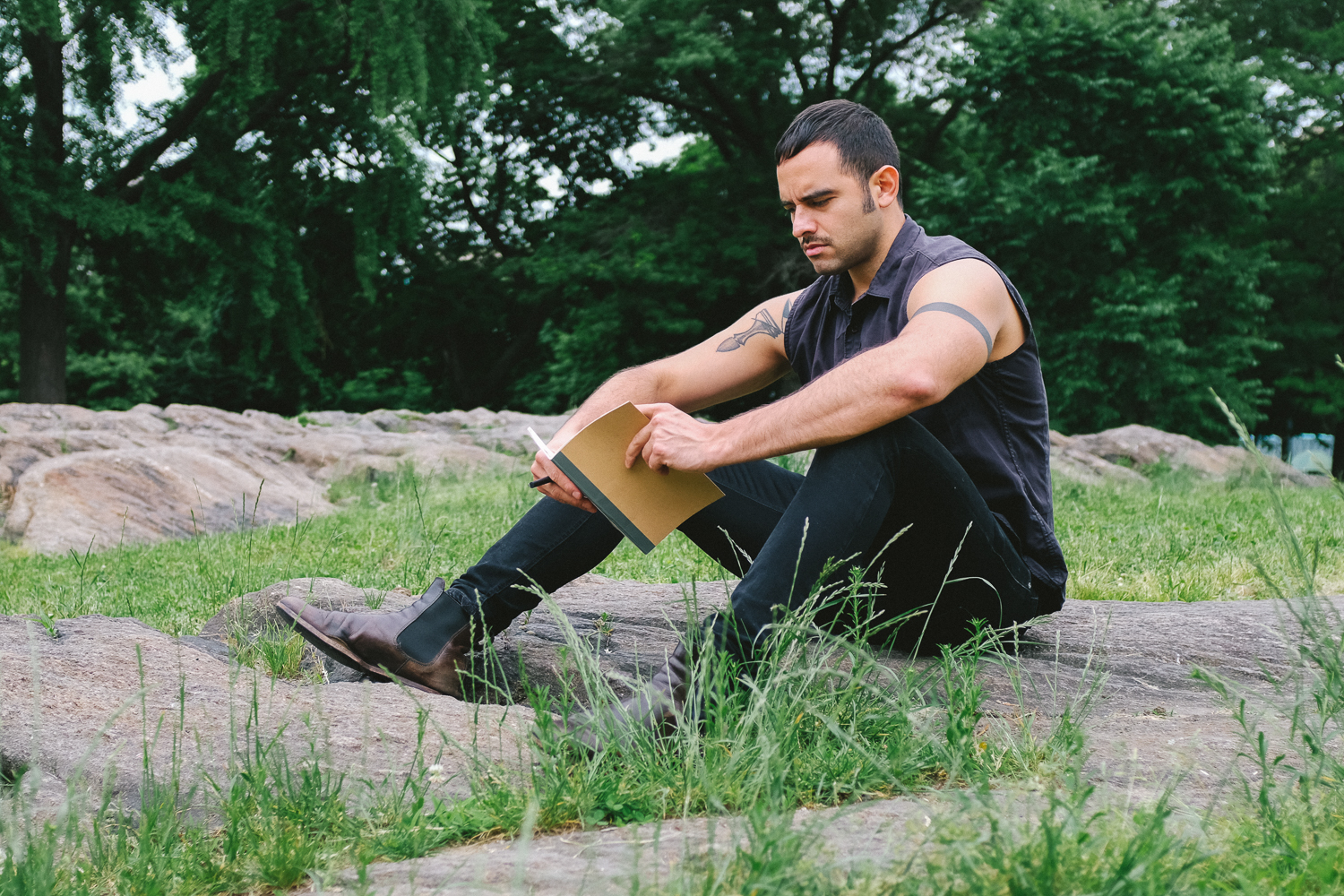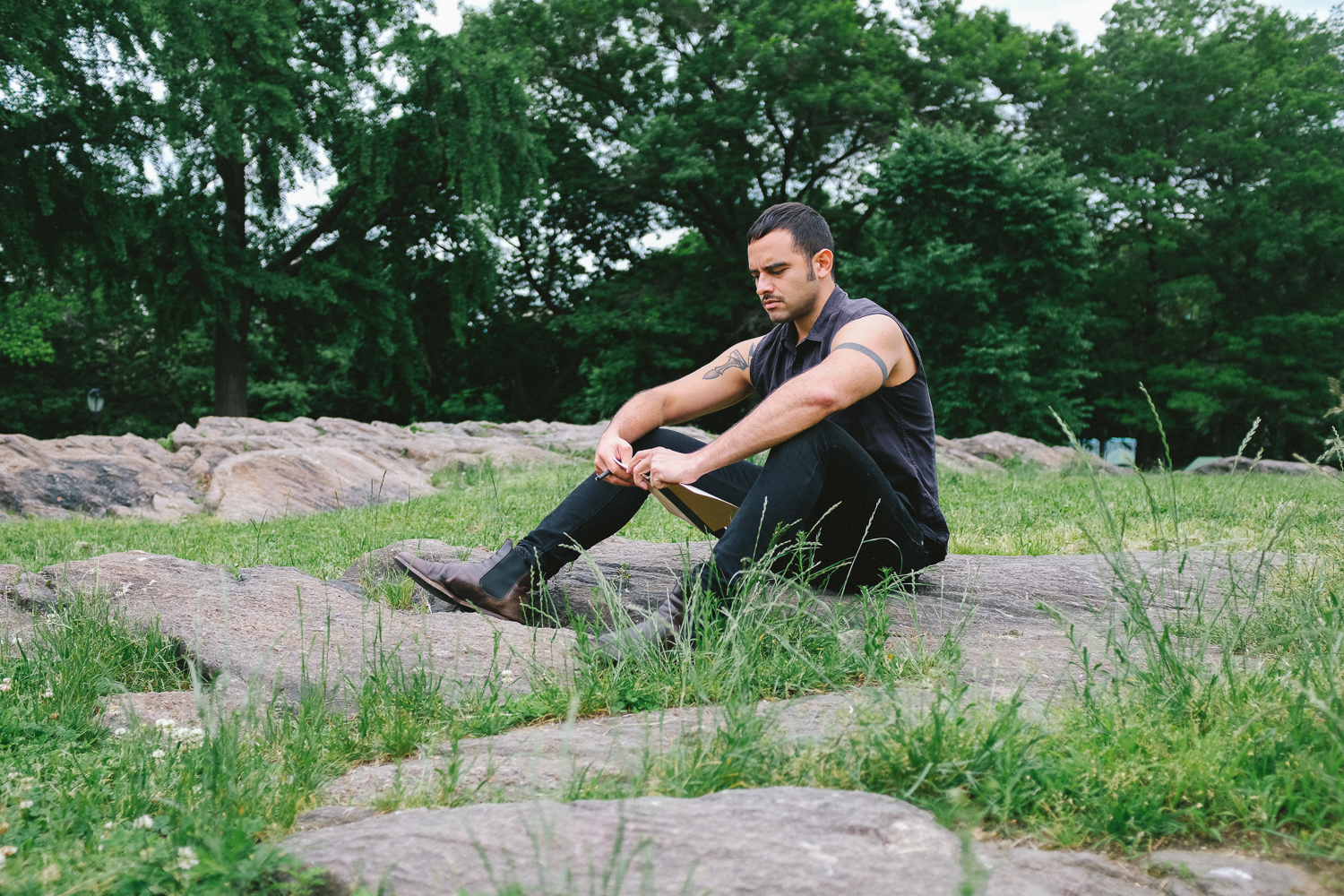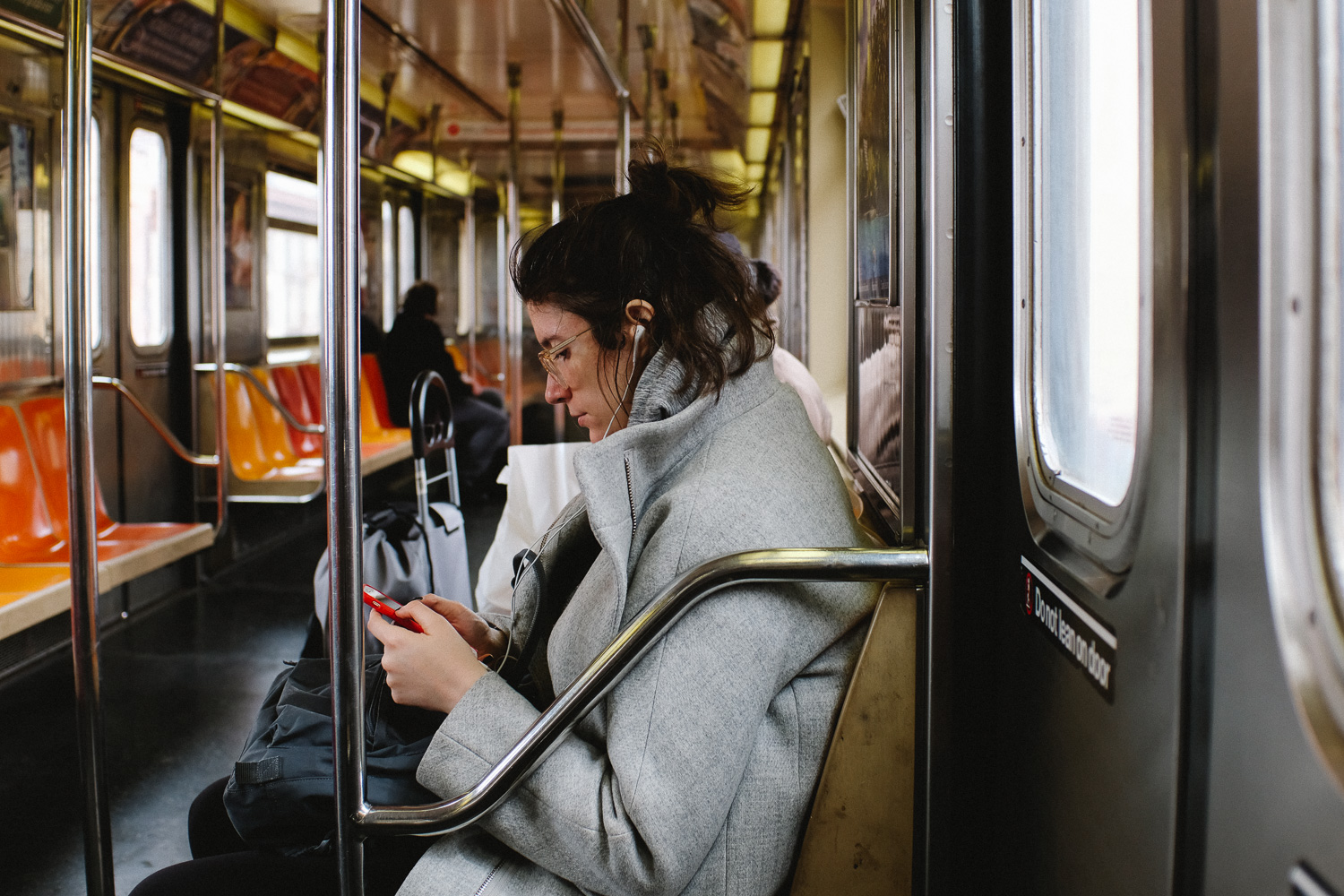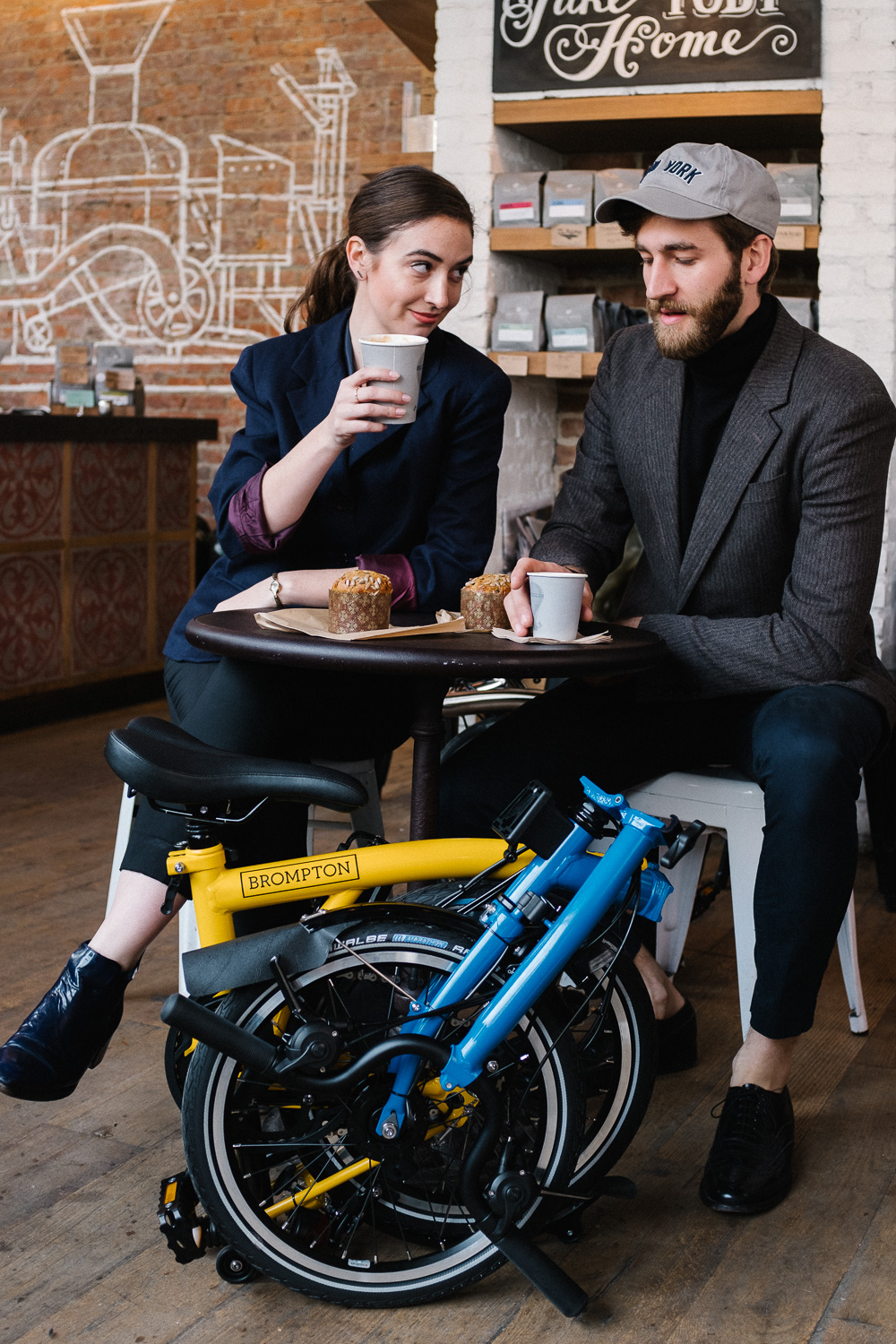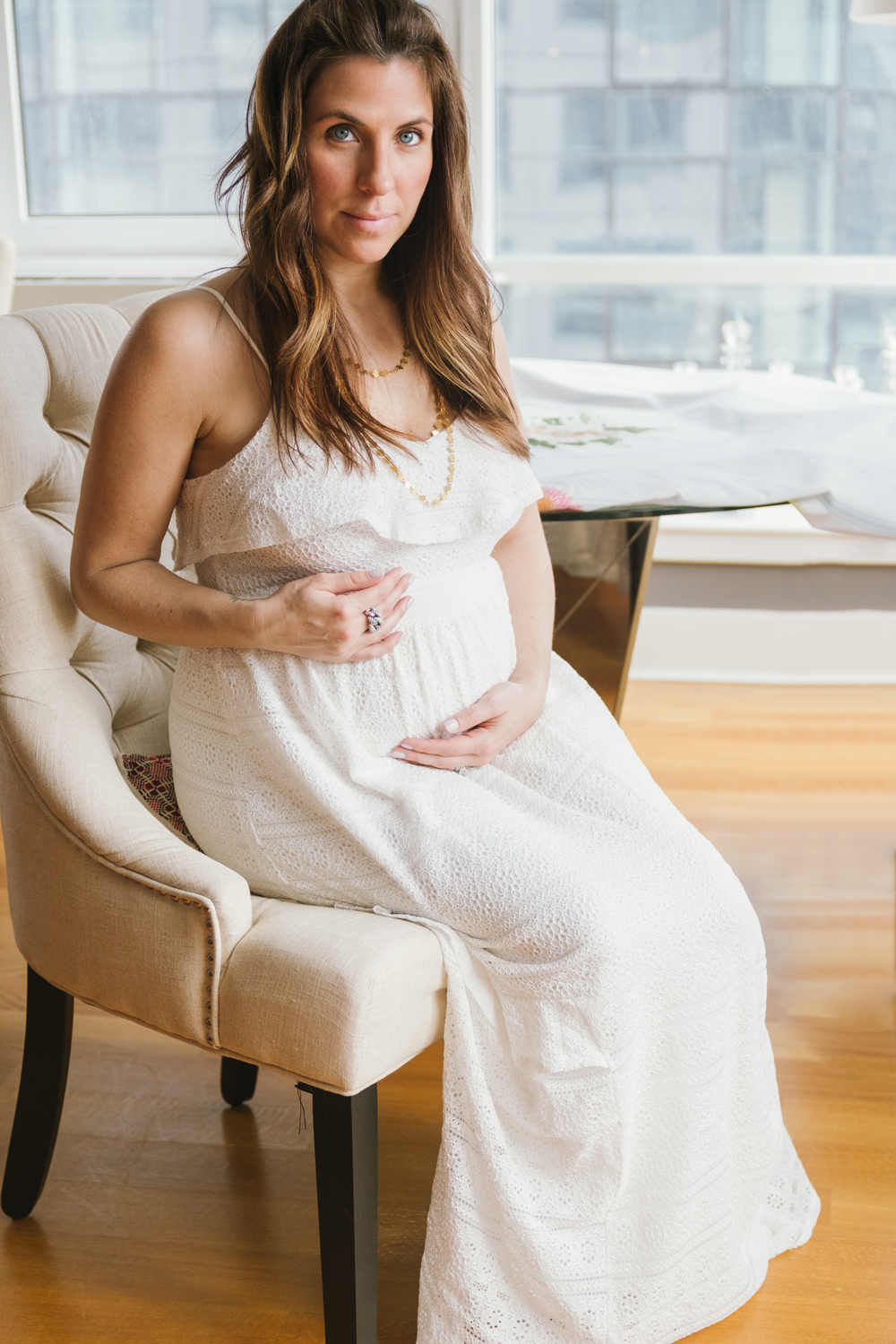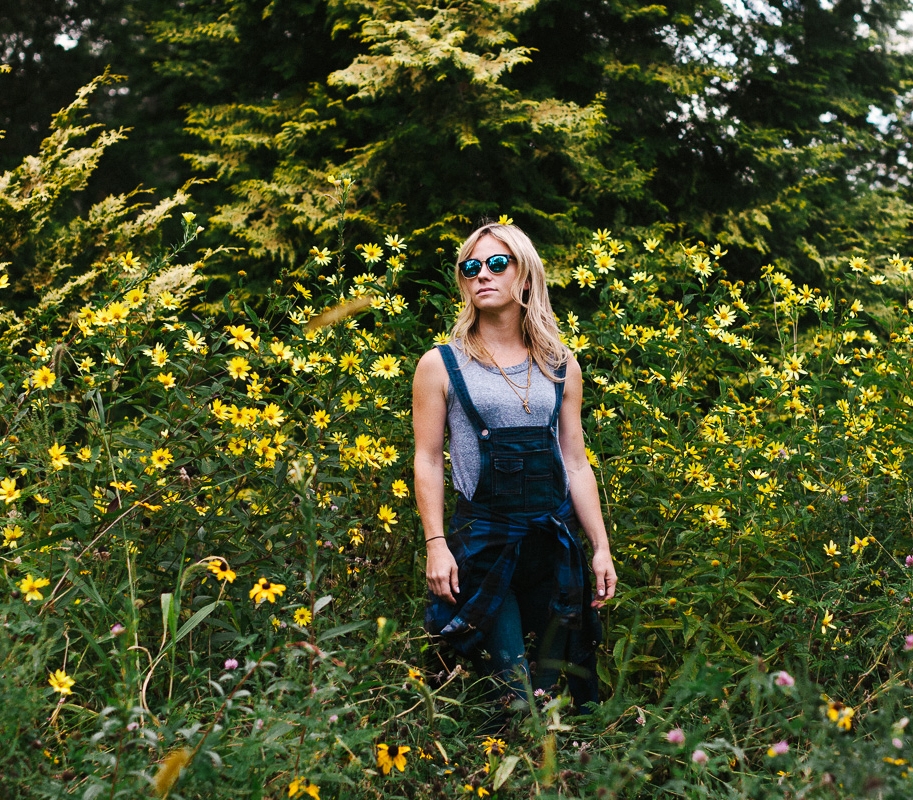TCL-X100 Review: Portraits and Bokeh on the Fuji X100F
The TCL-X100 on the Fuji X100F. Product photography courtesy of Fujifilm.com
TCL-X100 Review
If the Fuji X100F taught us anything, it's that a slim form factor can be life-changing. But no matter how endeared you are to the pancake lens' 35mm equivalent focal length, there are times where such a wide field of view simply won't cut it.
Enter the TCL-X100, Fuji's comically large teleconverter for the X100 series. For a significant increase in size (just about double, actually), the TCL screws on to your 23mm f/2 lens and magnifies your focal length to an equivalent 50mm.
The TCL-X100 on a Fuji X100T body. Photo courtesy of HarinPhoto.
The additional reach of the TCL-X100 has been a game changer for my Fuji X100F, and I'm extremely pleased with my purchase. I use my Fuji X100F as both an every day carry and a B-camera on paid shoots, and it's easy enough to keep the teleconverter in a small bag or jacket pocket for the times I need it.
TCL-X100 Build Quality and Ergonomics
The TCL-X100 is a solid hunk of metal and glass, weighing in at 180 grams and measuring 70mm x 46.5mm. Size aside, it feels like a fitting complement to the extremely well engineered Fuji X100F in terms of build quality.
From a usability standpoint, it's not ideal. The front element is wide enough that it blocks the bottom half of the OVF, meaning you'll have to stick to the EVF when shooting with the TCL equipped. It also blocks a majority of the onboard flash, so you can count that out as well.
It only takes about 10 seconds to screw on and switch to 'tele mode' – consider mapping that control to your Function button for added speed – and you're ready to go. It's slightly more cumbersome than swapping out a lens on an interchangeable body, but not by much.
It's worth noting that 'tele' mode has three functions:
- Zooming in your EVF to the 50mm equivalent FOV to help you compose your frame.
- Adjusting vignetting and reducing chromatic aberration on your JPGs.
- Changing the metadata of your photographs so that you can keep track of what was shot with the TCL-X100 at a glance.
So, while it's not essential to shoot with it turned on, it will make your life easier.
While some reviewers have noted a decrease in autofocus speed and accuracy compared to the naked 23mm f/2 lens, I haven't experienced this at all.
TCL-X100 and Fuji X100F Image Quality
Before I ran my tests, I was skeptical of the science behind the teleconverter. Would it just stretch the existing pixels, giving me a less sharp image? Would the vignetting or chromatic aberration be dramatized?
After a few months of shooting, I can say definitively: no, no, and no. The image quality is just as wonderful as the naked 23mm f/2.
Hannah in Williamsburg, Brooklyn. Fuji X100F, TCL-X100
A snowy morning in Washington Heights, Manhattan. Fuji X100F, TCL-X100
The weak point of the TCL-X100 is the weak point of the 23mm f/2: close focusing wide open. The X100 series has an infamous soft glow at macro distances, and the teleconverter slightly magnifies that flaw. If you want to maintain perfect clarity, stopping down to f/4 solves the problem completely.
TCL-X100 Bokeh, Portraits, and Lens Compression
It's a safe bet to say that most of us love bokeh. Given the X100 series' APC-S sensor and wide 23mm f/2 lens, physics is stacked against you when it comes to snagging bokeh.
While you can squeeze some dreamy unfocused areas out of the 23mm f/2 with a bit of precision and planning, the TCL-X100 makes it much more effortless. The longer focal length makes bokeh larger, creamier, and easier to come by.
See for yourself: below is a comparison of the Fuji X100F with TCL-X100 (L) vs a crop via the digital teleconverter (R). Note the increased size and blur of the bokeh balls on the TCL-X100 photo, creating a smoother and more cinematic image.
Now, on to lens compression!
SLR Lounge explained it best: lens compression is the phenomenon of background elements appearing closer and larger than they are in real life due to longer focal lengths. On the other hand, shorter focal lengths can distort your composition by making background elements appear farther away and smaller than they are actually are.
The 35mm equivalent on the Fuji X100 series is considered a wide angle lens, and the principles applies just the same: oftentimes, background elements seem too far away or insignificant in your compositions.
The TCL-X100's boost to an equivalent 50mm focal length gives a compression similar to the human eye. In the below shot, I opted for the TCL-X100 because I wanted the background buildings and sidewalk to compress and frame my subject tightly, giving the feel of a small city street. Without it, the building looked too large and sprawling, which didn't properly convey my creative vision.
Peter in Williamsburg. Fuji X100F, TCL-X100
So what about portraits?
Most X100 users understand that the 23mm f/2, while optimally versatile for every day life, simply isn't suited for tight shots of faces. The distortion can make foreheads looks large, noses look obtrusive, and the background too crowded and busy.
With the added compression flattering your subjects features in tandem with the creamier bokeh, I'm happy to report that in a pinch, the TCL-X100 transforms the your X100 series in to quite a capable portrait camera – in ways that the digital teleconverters or simply cropping in can't possibly replicate.
Rita Ora in Manhattan. Fuji X100F, TCL-X100
Montana in Williamsburg. Fuji X100F, TCL-X100
TCL-X100 vs Digital Tele-Converter vs Crop: Comparisons and Tests
Note: The below excerpt was pulled from our Fuji X100F review.
If you find the native 23mm focal length too wide, you can try out the the digital teleconverters built in the X100F. But there's a caveat: it only works on JPGs, and you might be better off not using it at all. Here's how it works:
- The EVF or LCD screen will zoom in to match the modified focal length as you compose your image.
- The X100F will take a photo at the 23mm range (if you're shooting JPG+RAW, the RAW file will retain the full 24MP at 23mm) and crop your jpg in-camera using patented Fuji magic that ensures ideal quality and sharpness.
- At 50mm conversion, your jpg will be cropped down to 16MP. At 70mm, you'll end up with a 12MP jpg – both of which are totally acceptable for social sharing or most printing applications.
If you're: a) shooting jpg only and hate spending time in Lightroom, or b) uploading straight to your phone from the X100F using the Fuji app and don't have time to properly optimize the crops, or c) terrible at composing for cropping in post, you might get some utility out of these options. Otherwise, just crop in post – or consider the TCL-X100 to extend your focal length.
Below is the X100F + TCL-X100, a 50mm equivalent (L).
When compared to the X100F's digital teleconverter at 50mm (R), you'll notice the digital teleconverter's lack of bokeh and lens compression – two essential visual elements when it comes to subject isolation and background separation.
Just for fun, compare the X100F at its widest – a native 35mm equivalent FOV (L) – to the TCL-X100 + Digital Teleconverter, a 100mm equivalent photograph (R).
Pretty insane reach, and the added compression and bokeh from the TCL-X100 makes the 100mm equivalent almost realistic.
So what's the verdict?
As show by the above photos, the digital tele-converter doesn't function as a replacement or substitute to the TCL-X100 in terms of bokeh or compression. It also shaves down an immense amount of resolution from your final product, and prevents you from shooting in RAW.
However, the in-camera JPG processing does a surprisingly great job at scaling the files so that image quality remains generally consistent when viewed at most sizes. When shooting JPG for quick delivery, the digital teleconverter turns out to be a fabulous option to ensure maximum quality when cropping in. Just don't expect it to replicate the optics of an actual 50mm lens.
TCL-X100 vs TCL-X100 ii Comparison
We can keep this short.
The TCL-X100 is physically identical to the TCL-X100 ii, except for a strip of magnets along the base that automatically switches the X100 camera to 'tele' mode. The glass is the same, and the body is the same.
A young couple lounging in the park in Washington Heights, Manhattan. Fuji X100F, TCL-X100
I'm hard-pressed to think of a reason why anybody would need to spend more money on an identical product, so here's my advice: save yourself an extra hundred dollars and pick up a TCL-X100 instead.
If the automatic mode switching is important to you, read this before you buy: a clever Fuji shooter figured out how to 'hack' the TCL-X100 into a TCL-X100 ii using some small magnets and electrical tape! Check out this tutorial to find out how.
Should I Buy the TCL-X100?
As with most Fuji products, the price here isn't insignificant. Not only that, but this accessory completely changes the ethos of your X100 camera.
The TCL-X100 turns your X100 camera in to a makeshift interchangeable lens mirrorless camera. It add bulks, but it also adds versatility.
The X100F+TCL-X100 combo is a more expensive version of the quality-identical Fuji XT20 and Fuji 35mm f/2. For this reason, it's hard to give the teleconverter a simple yes or no recommendation.
A girl on the 1 Train in Harlem, Manhattan. Fuji X100F, TCL-X100
What makes the X100 series so magical is their small profile. But if you're willing to sacrifice that every now and then, the TCL-X100 is a fabulous accessory to push more capability out of your camera – which I appreciated immensely. If I lost my teleconverter today, I'd buy the TCL-X100 all over again.
Just be well aware before picking up your TCL-X100 that it's best served as a specialty tool. If your intention is to shoot the majority of your frames at the 50mm equivalent, you might be served better by a different camera entirely.
Having the teleconverter on hand frees up your creativity significantly, and I always carry it in my bag. There's no doubt about it: as your daily carry or B-camera on a professional shoot, the X100F hugely benefits from the flexibility in a way that the digital teleconverter or cropping can't replicate.
Just be sure you're not trying to shoe-horn your X100 camera to be a dedicated portrait camera, because there are cheaper ways to get the same result. Otherwise, you're going to love what the TCL-X100 can do for your Fuji X100. I know I did.
Peter and Montana in the West Village. Fuji X100F, TCL-X100
Catherine from Making Babies in Brooklyn in her apartment. Fuji X100F, TCL-X100


